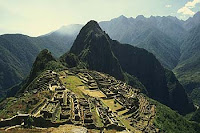

Celtic interlace design is an ancient art form that can be traced back to 500BC. However it is not well documented due to the Celts unwillingness to record their history early on. They preferred instead to pass down information from generation to generation.
Perhaps one of the most amazing and historic examples of Celtic knotwork can be found in the book of Kells. The spiral designs filled the borders, letters and empty space of the book. These knots or patterns were also used to decorate monuments (notably crosses and cross slabs) and jewelry.
Celtic knotwork is probably the most widely know of all Celtic art works.

Knotwork has typical characteristics, which include “closed bands or paths” which carry very strict rules. In accordance with Celtic design law, knotwork must alternate over and under in a repeated fashion and more than two “over or unders” in succession are considered to be a mistake. The path of the knotwork is endless and is comprised of ‘convoluted circles’ that keep the pattern design symmetrical.
It is believed that the two lines interlocking in the knotwork represent the real and celestial world and the fact that they're endless is indicative of the Celts belief in the afterlife. Modern mathematics has also been influenced by this design, with the strict rules of the art form being taught in graphs.

http://www.celticfolklore.com/history.htm
http://en.wikipedia.org/wiki/Celtic_knot
http://www.museangel.net/knot.html













































